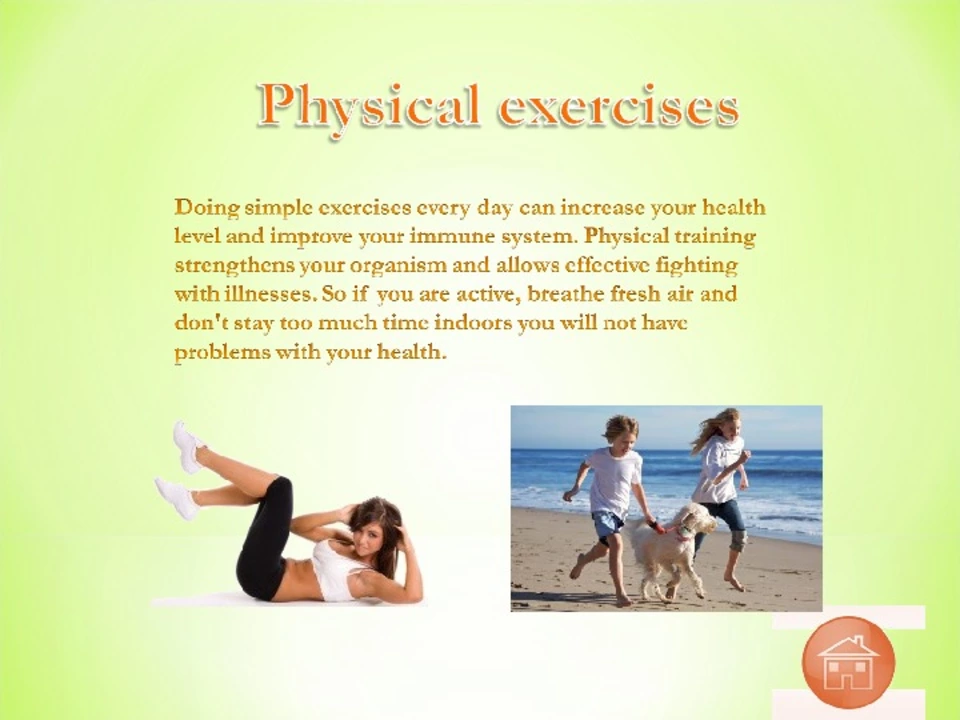Staying Active While Taking Medications: Simple, Practical Advice
Want to keep moving but worried your meds might get in the way? You can usually stay active—most people do—but a few smart steps make exercise safer and more comfortable. This guide gives clear, practical tips you can use today.
First, know how your meds affect your body. Some drugs can change your balance, energy, heart rate, blood sugar, or hydration. For example, diabetes drugs (like sulfonylureas) can cause low blood sugar during longer workouts, and diuretics or SGLT2 inhibitors can increase dehydration risk. Beta blockers may blunt your heart rate, so your perceived effort matters more than the number on your watch. A quick chat with your prescriber or pharmacist about how your medication might affect exercise removes guesswork.
Before you exercise
Pick the right time. If a medicine makes you sleepy or dizzy, avoid intense activity at peak effect. If you take a glucose-lowering drug, check your blood sugar before and after workouts and carry a fast sugar source (juice, glucose tabs). Wear comfortable shoes and, if balance is a concern, exercise near a wall or with a partner. Hydrate—drink water before you start, and sip during long sessions, especially if you’re on diuretics or blood-pressure meds.
Set realistic goals. Start slow after any medication change or hospital stay. Try 10–15 minutes of walking or gentle strength work and build up. Use ratings of perceived exertion (how hard something feels) if heart-rate doesn’t tell the full story because of medications like metoprolol.
While you exercise
Warm up and cool down for at least 5–10 minutes. Sudden starts or stops can cause lightheadedness if you take blood-pressure meds. Watch for new symptoms: dizziness, unusual shortness of breath, chest pain, confusion, or severe weakness—stop and seek help if those happen. If you use inhalers, keep them handy and follow your action plan for asthma or COPD.
Mix it up. Combine moderate cardio, light strength training, and flexibility work. Strength training supports joints and bones, which matters if certain meds affect bone density. Gentle balance drills reduce fall risk if you feel unsteady from medicines.
Track and adjust. Keep a simple log: what you did, how you felt, any symptoms, and when you took your meds. That record makes it easier to spot patterns and discuss them with your clinician.
When to call your provider: if exercise makes you faint, causes repeated low blood sugar, brings new chest symptoms, or if you suddenly feel much more tired than usual. Ask if your dose timing should change on workout days or if an alternative medication might reduce side effects that limit activity.
Bottom line: staying active while on medication is usually doable with a few common-sense steps—know your meds, plan your workouts, hydrate, watch symptoms, and check in with your healthcare team when something feels off.
In my latest blog post, I discuss the challenges people with Porphyria face when trying to stay active and share some helpful tips for exercising safely. I emphasize the importance of consulting with a medical professional before starting any exercise routine, as well as listening to your body and adjusting your workouts accordingly. Additionally, I offer suggestions for low-impact exercises such as swimming and yoga that can be beneficial for those with Porphyria. Furthermore, I stress the need for staying hydrated and maintaining a balanced diet to support overall health. Lastly, I encourage readers to find a supportive community and stay motivated in their journey to stay active and healthy.
View Details

